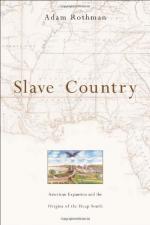|
This section contains 901 words (approx. 4 pages at 300 words per page) |

|
Spain's Search for Wealth.
Spain's far northern frontier in North America had few commodities to offer the outside world. The Spanish search for gold had failed, but for religious and military reasons the Spanish Empire still maintained the colony of New Mexico. In the first half of the nineteenth century small-scale irrigated agriculture and livestock formed the basis of the economy. Although residents bred and used cattle and horses, sheep became the dominant domesticated animal in the region. Unlike some sheep breeds, the small churros, which were more valuable for meat than wool, survived in the harsh, arid environment of New Mexico.
Churros.
With the arrival of Juan de Onate and his party of colonists in 1598, sheep became a part of the New Mexican economy. When the Pueblo Indians revolted in 1680, they ejected the Spanish and their religion but kept their...
|
This section contains 901 words (approx. 4 pages at 300 words per page) |

|




